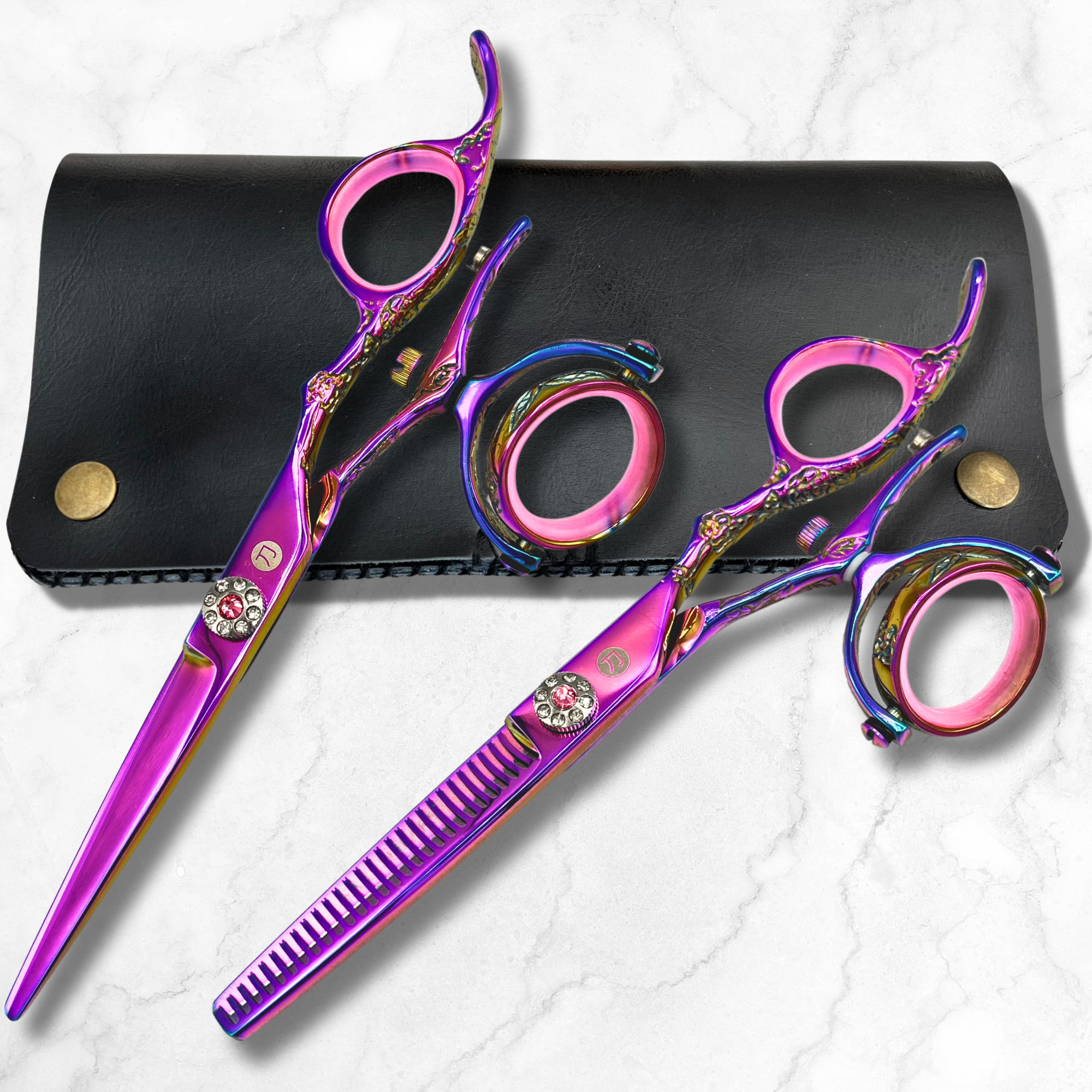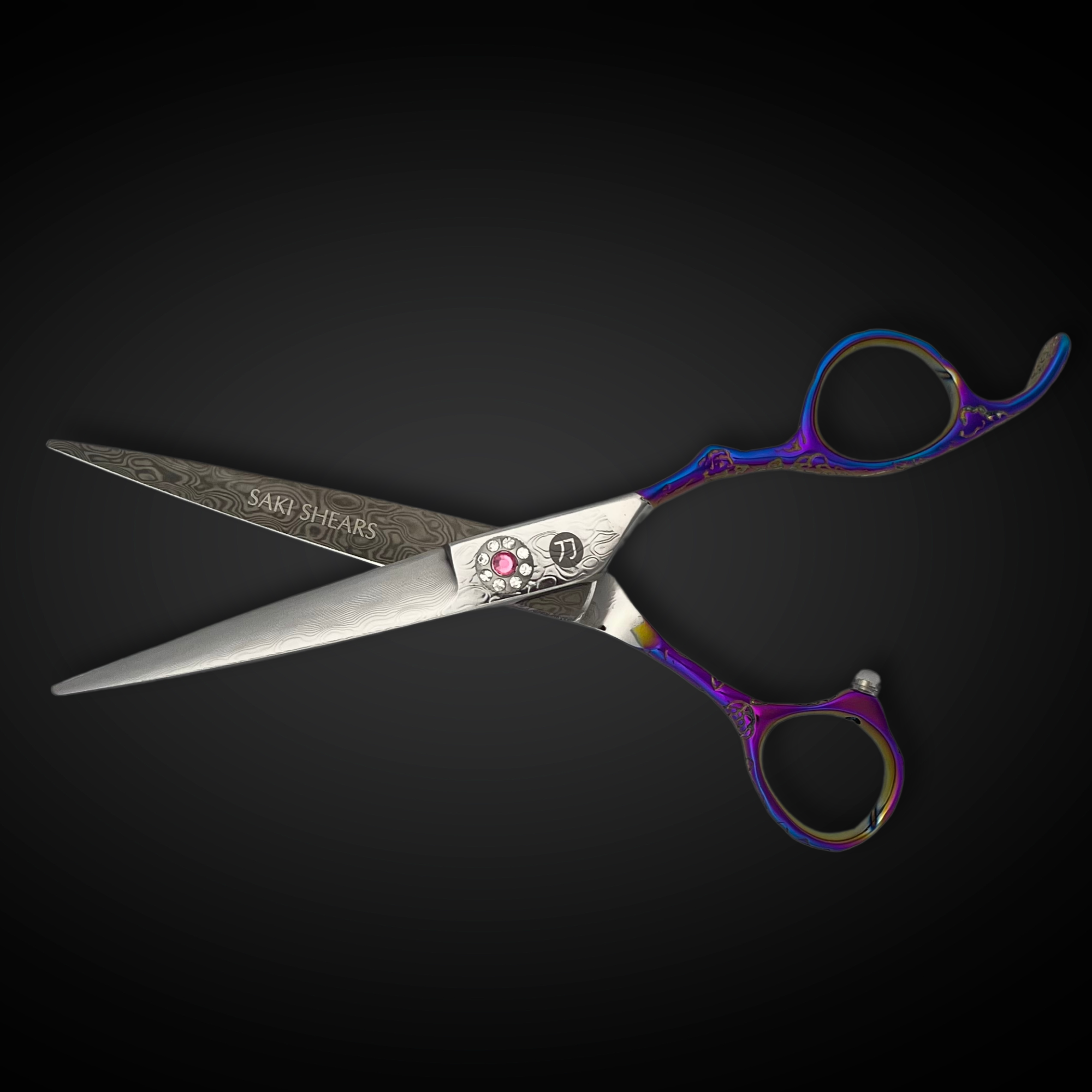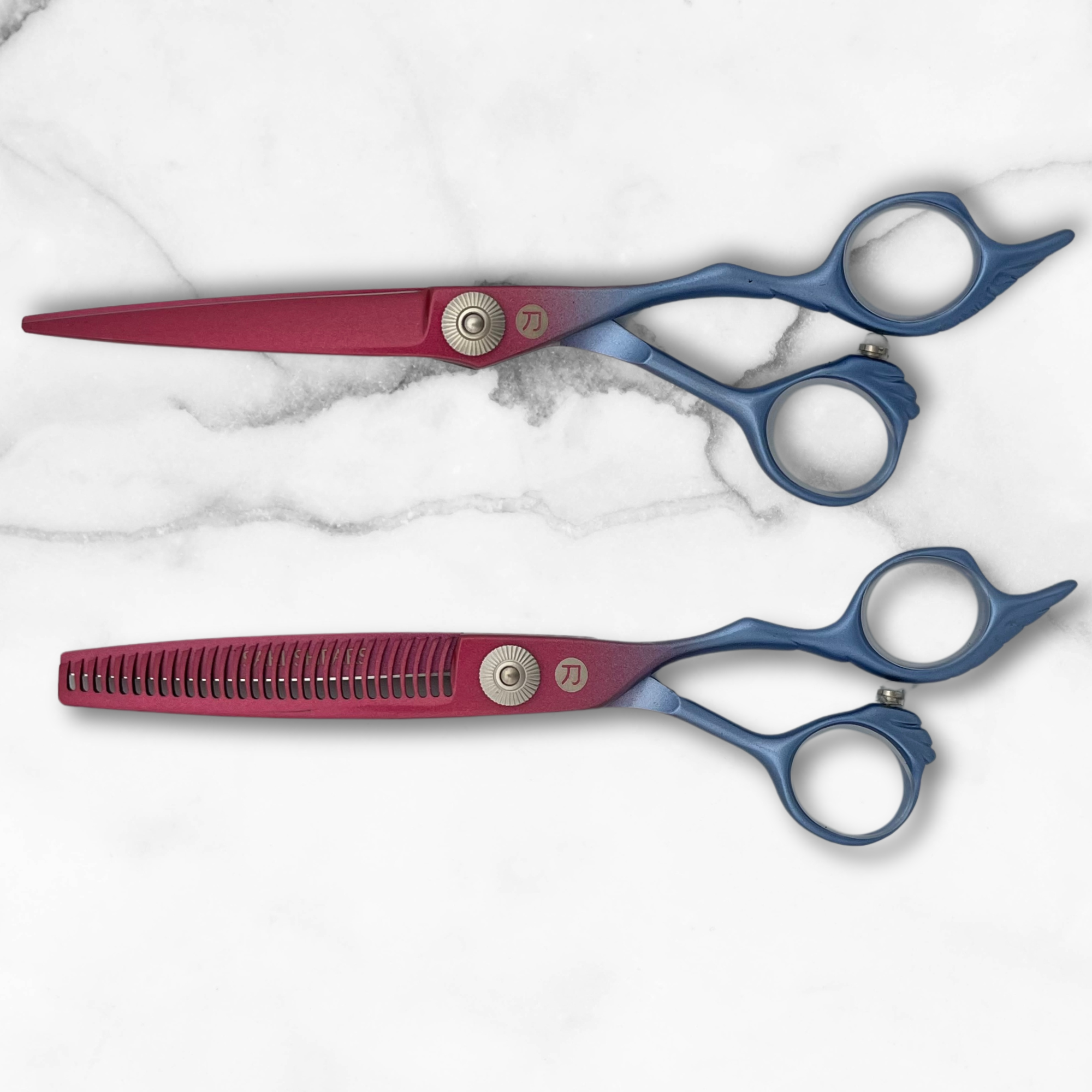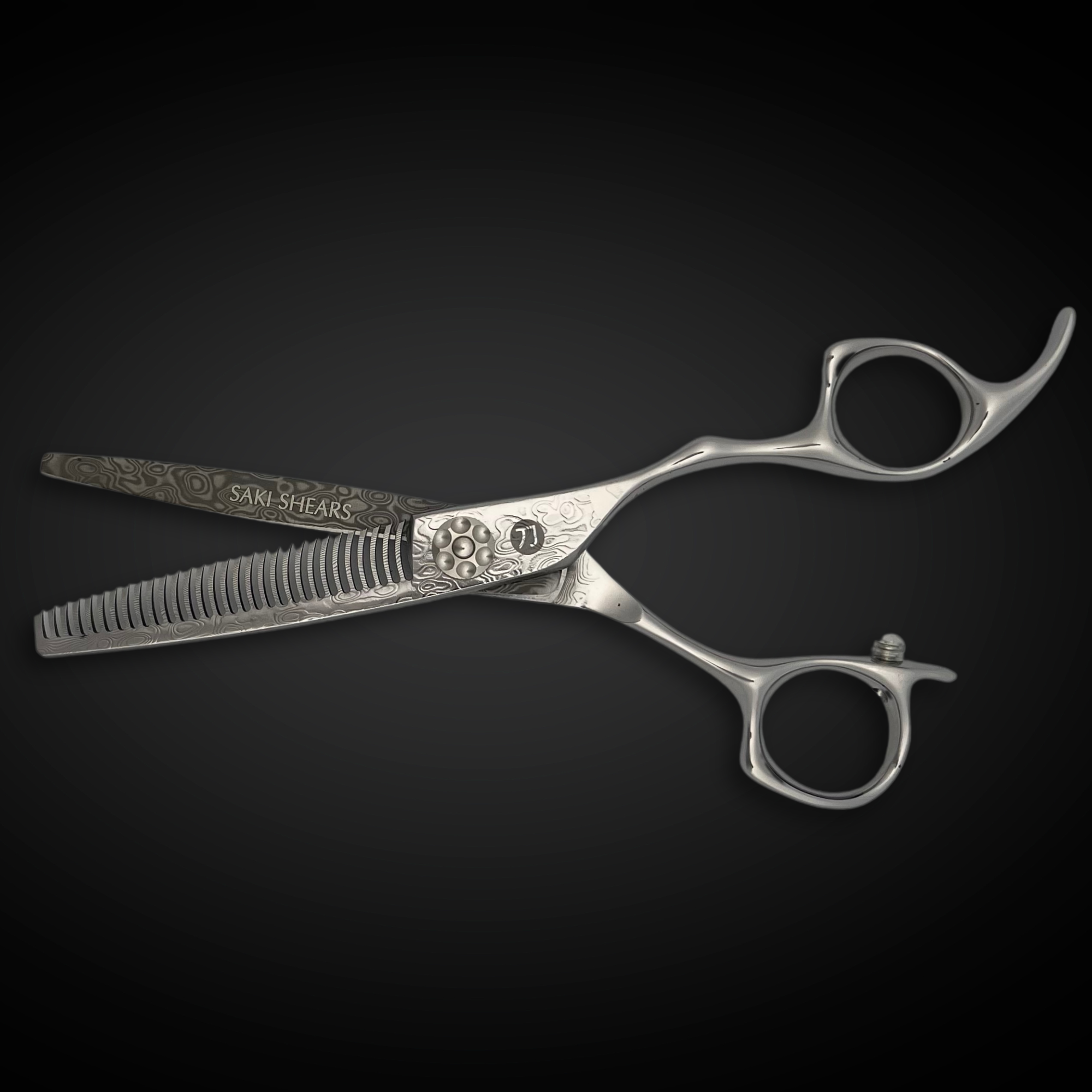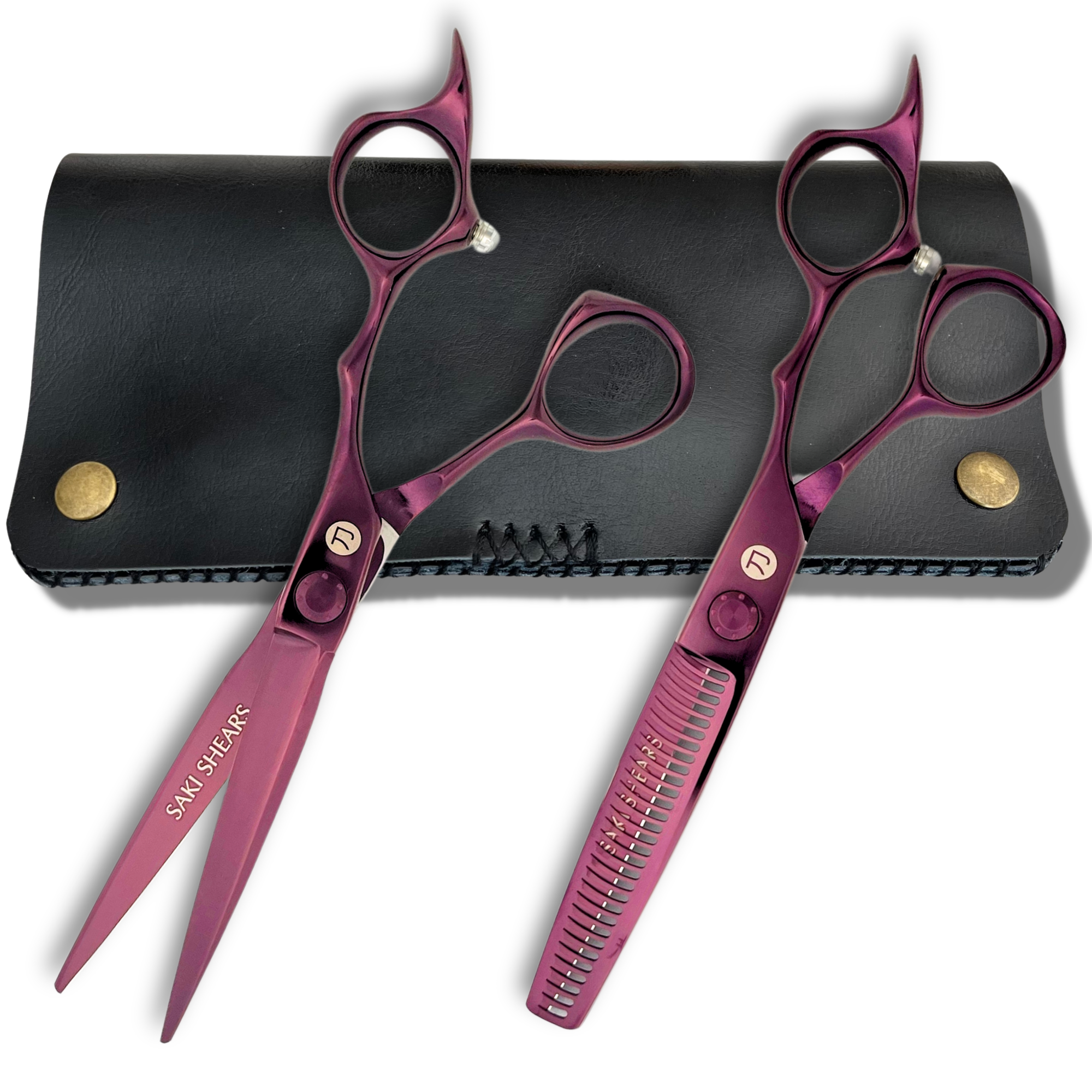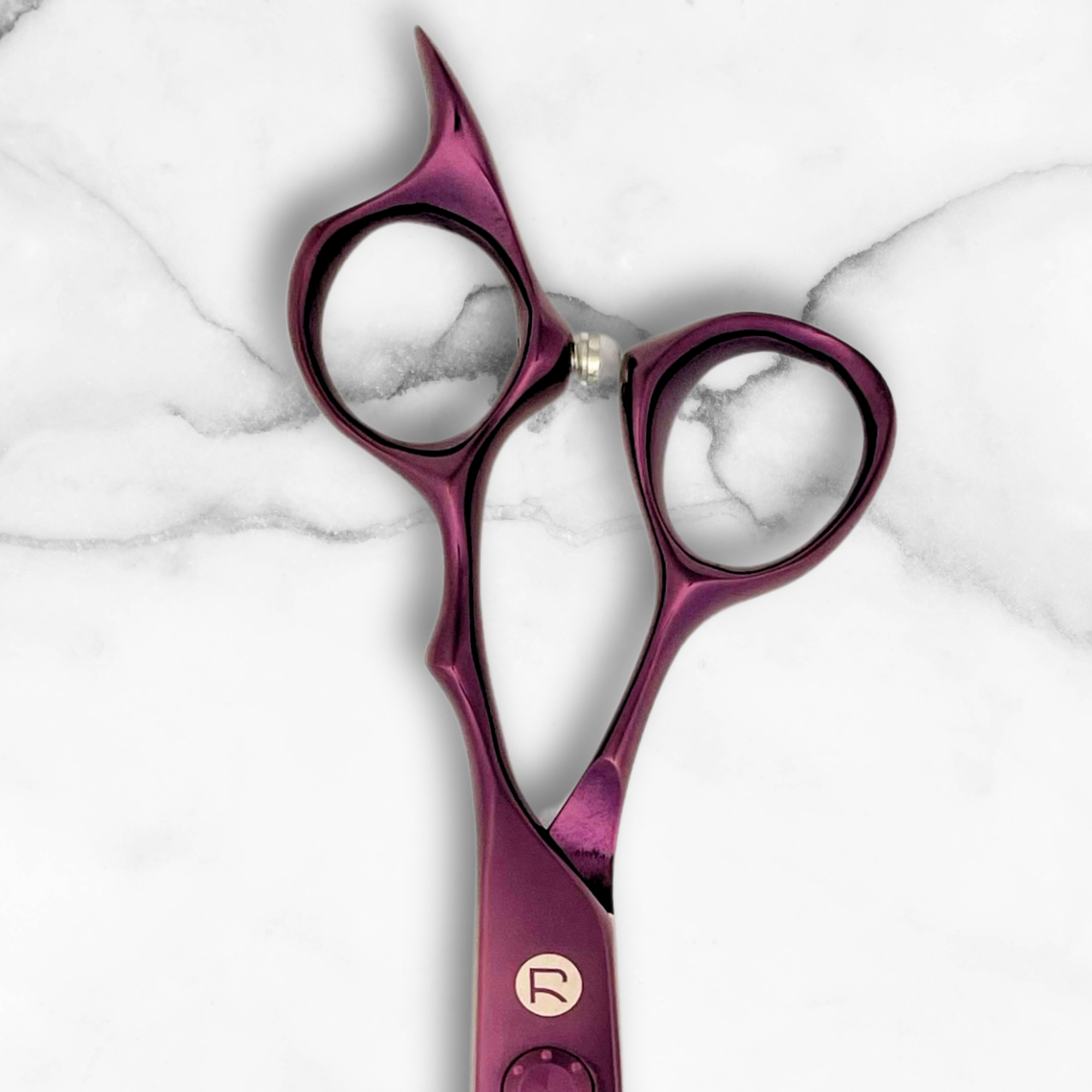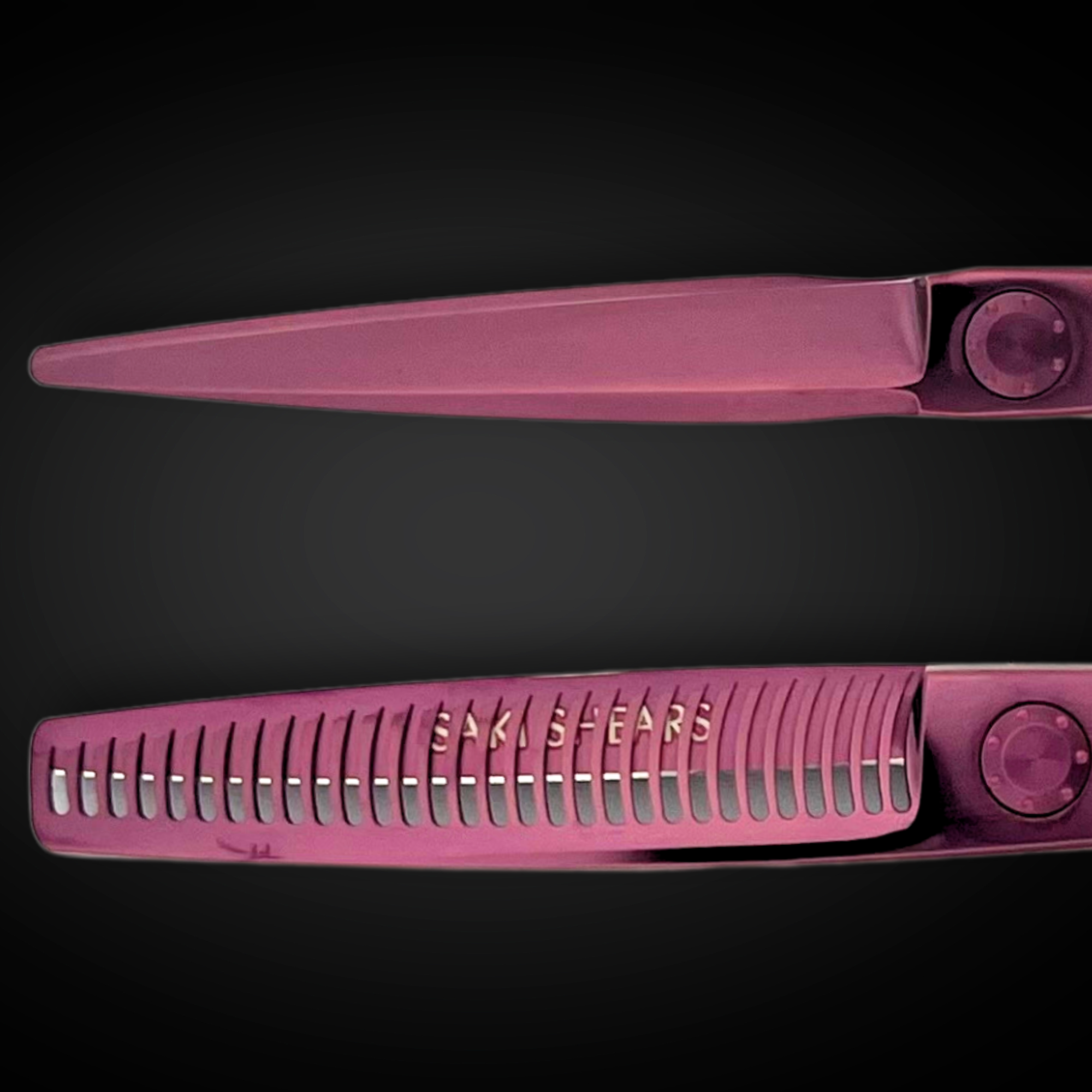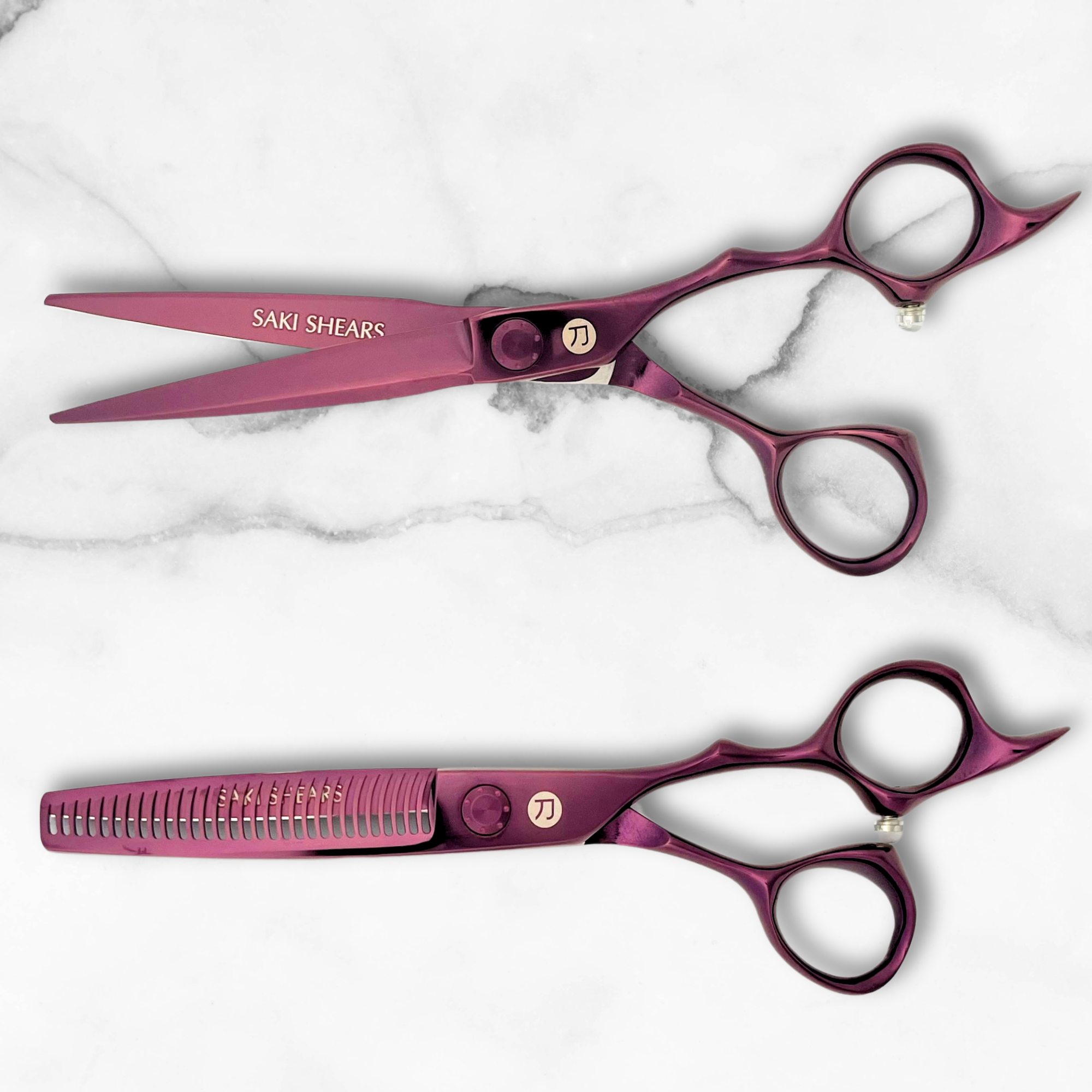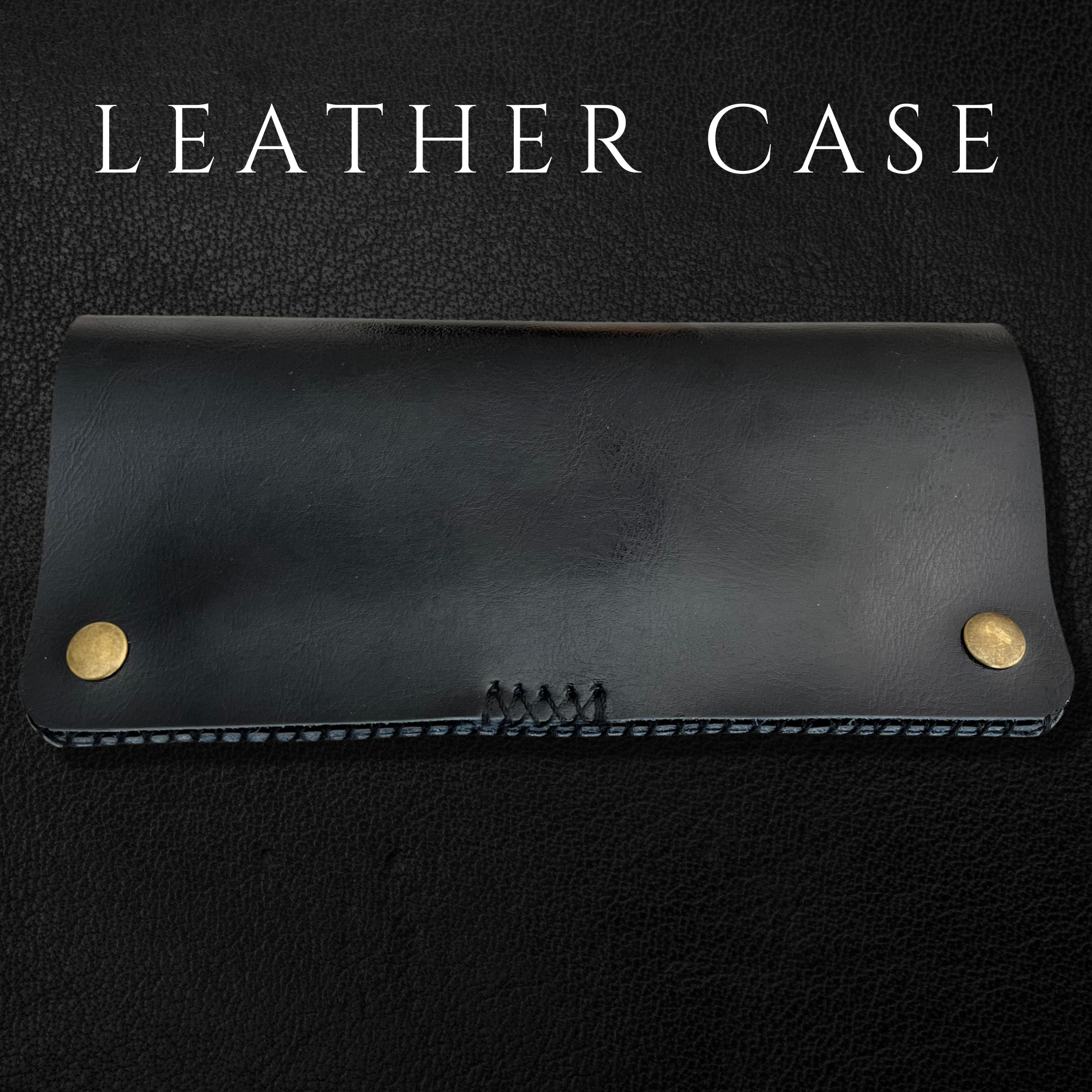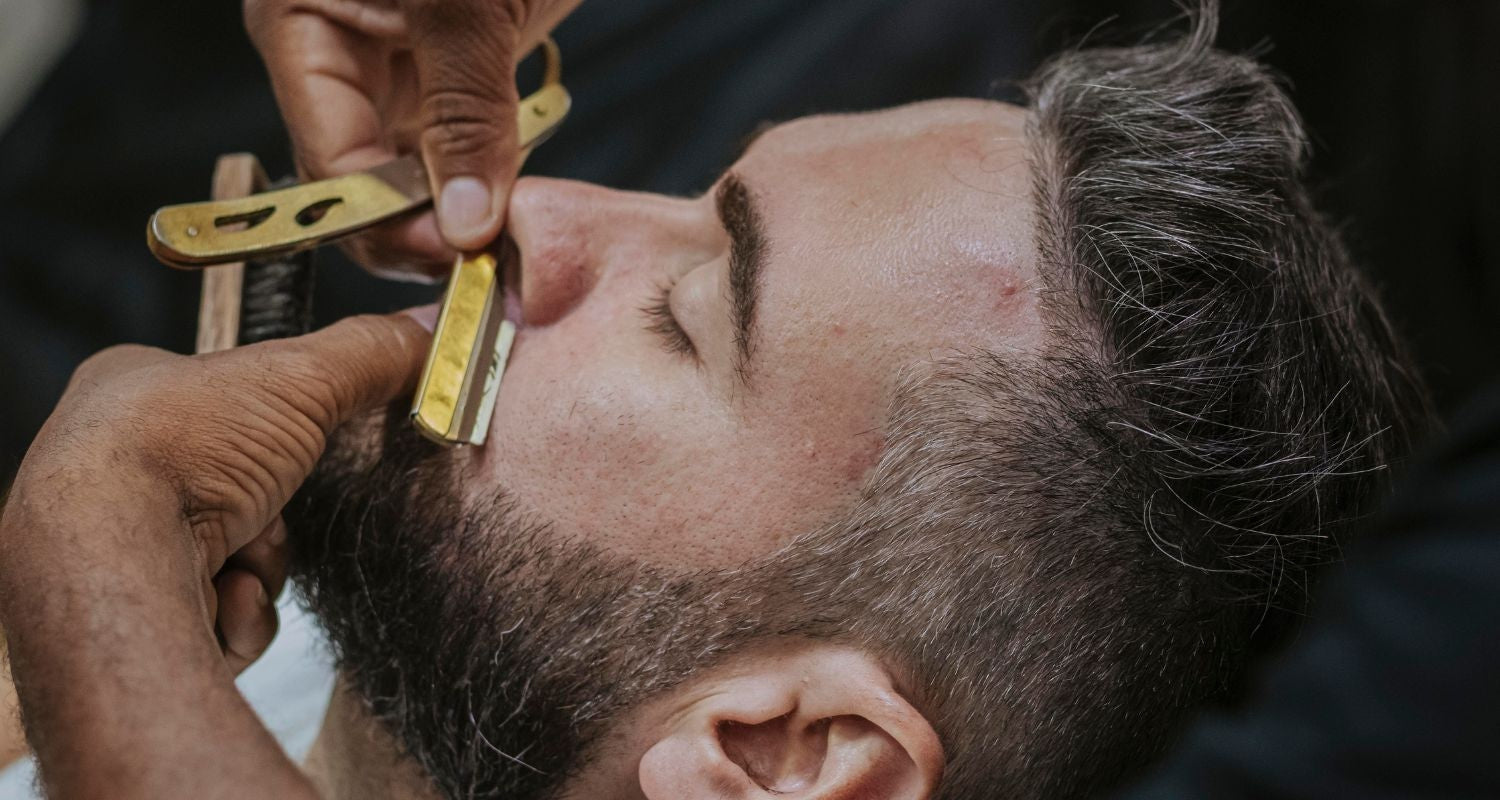Getting the Perfect Shave with Straight Razors: Some Helpful Pointers
- First, the edge is longer, which cuts down on the number of times the blade has to pass over your skin, resulting in less irritation.
- Two, when you stretch the skin in the right way, you open the pores and bring more of the hair follicle up to meet the blade. This is the second step in the perfect technique. Because of this, the finish is nice and smooth.
- The third benefit is that you literally end up with a cleaner shave. When using a straight razor, there is no risk of the head being clogged with crud. Additionally, using a clean razor reduces the likelihood that any micro-abrasions, nicks, or cuts you sustain may get infected.
It is no surprise that it is the pinnacle of wet shaving. So, are you ready to get going? A knowledgeable person has provided the following advice.
First and foremost, make sure you have the appropriate straight razor. There are complete, half, quarter hollow, and wedge shapes visible in the cross section of straight razor grinds.
The denser your beard or mustache, the more rigid the blade of your razor should be. If you have coarse whiskers, you should seriously look into getting a 14 or 12 grind on your blade rather than a standard full-hollow ground one. This is because a full-hollow ground blade is fantastic for general beard growth removal and for average hair. The closeness of the shave can also be affected by the length of the blade. A lot of people start out with the 5/8" blade as they get used to navigating the longer blade, but eventually they move up to longer blades as they become more comfortable.
When starting out with straight shaving, it's common for beginners to want to strop, hone, and shave all at the same time. Do not attempt to learn all of the techniques in a single sitting. First perfect your shave, and as your ability level increases, move on to learning additional skills. To get started, you need to make sure that you have a professional sharpen your razor. If this is the case, you shouldn't "test" the edge by using the "hanging hair" or "thumb" test. Just shut up and let the shave do the talking. Concentrate solely on technique for the first three to six months of your beard growth: basic stropping, face preparing, and shaving.
The third piece of advice is to take care of your strop.
That little piece of leather is exactly what's required to keep your edge in pristine condition. Warming up the steel and smoothing out the minute nicks that were caused by your shave can be accomplished by running the blade along the strip. Because the edge of a razor is the thinnest in the world, even a hair can be seen after passing over it. You should always rasp your beard before you shave. In addition, the leather requires proper maintenance. The natural oils that are produced by your skin are just as effective as a paste, yet they leave behind significantly less residue. Because the surface of the strop is extremely porous, it is essential that you maintain it clean. Anything that is on your razor will be transferred to the strop. Before the razor is brought into contact with the leather, it is best to remove the oxidation off of it with a double-sided strop that is made of cotton or linen. In the event that the leather does become cracked and requires reconditioning, oil is the product that will serve you best.
Tip number four: sharp versus smooth language
As you get better at your technique, you could come to realize that there is a happy medium to be reached between having a razor-sharp blade and a blade that is easy to glide across. Believe it or not, some razors contain blades that may be honed to an excessive degree of sharpness. When this occurs, it causes them additional aggravation as well as drag because the blade is hitting every tiny flaw. A blade that is just little duller than average will produce a shave that is easier on the skin and glides more smoothly. (Just like when using a double-edged safety razor, people who shave will discover that certain blades perform better for them than others.)

Pro-Tip # 5 – Stropping
The cutting edge of your knife should never come into contact with anything. As was just mentioned, the edge of a razor is both the thinnest and the sharpest that can be found. Therefore, hurting it by touching it in any way (with hair, a cloth, your thumb, etc.) is pointless. (It goes without saying that when you shave, you are contacting your facial hair, and the answer is that this does cause the razor blade to get dull.) That clarifies the reason why you have to throw a fit). When you strop a blade, you take the flat of the blade and run it back and forth on a piece of taut leather that is held at about waist level. You let the weight of the blade put the pressure on the leather by running the blade back and forth. It is imperative that you refrain from "rolling your edge," which refers to the action of running the edge of the blade down the leather as you flip the blade. If you do this, the edge will need to be re-honed. It is important to avoid having the edge make contact with the leather. Because the outcome is the same whether you move quickly or slowly, you shouldn't feel any need to speed up your education. A good average is twenty-five strokes, because after that point you aren't actually gaining any further benefit from doing the exercise. Before bringing the blade to the porous leather side of the strop, it is helpful to remove the oxidation off the blade using the coarse side of the strop, which is often made of linen or cotton.
Tip number six: Take proper care of your straight razor.
The vast majority of razors are either made of carbon steel or stainless steel. Carbon steel is prized for its "feedback" and its ability to produce excellent shavings, but if it is not properly maintained, it can corrode very fast. The stainless steel alternative is less likely to corrode, but it does not have the pleasant auditory nature that wet shavers appear to enjoy. No of the type of steel you have, it is important to maintain it properly, which includes keeping it dry. Because it takes time to reapply lather and get ready for the next pass, some people who shave with wet razors even dry their razors in between passes throughout the shaving process. Never store a wet blade in a drawer or cabinet because any metal, including stainless steel, can rust and corrode with time. This includes razors. A shaving station is an excellent choice in this situation.

